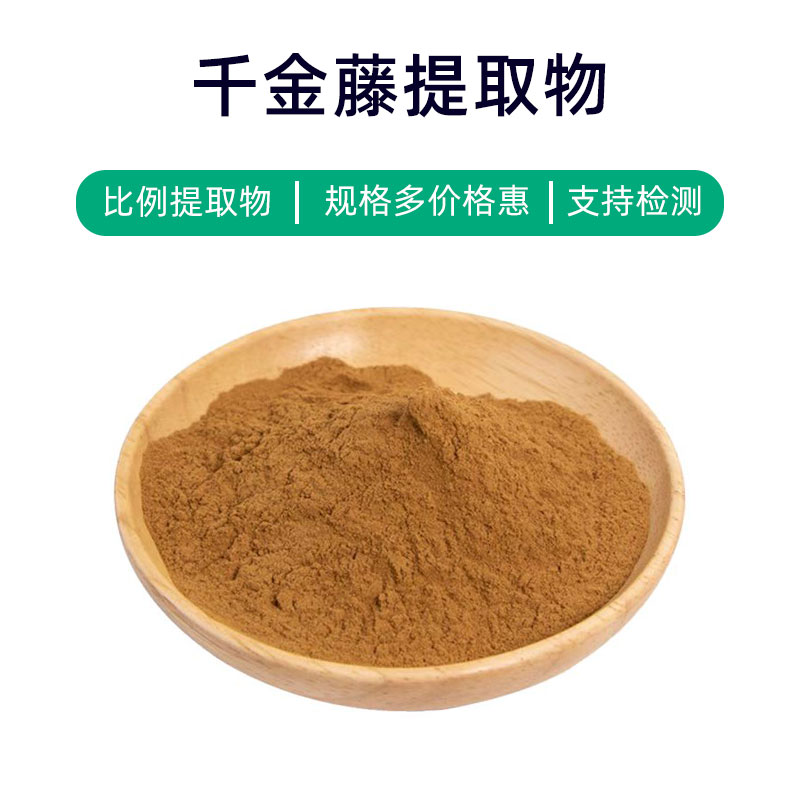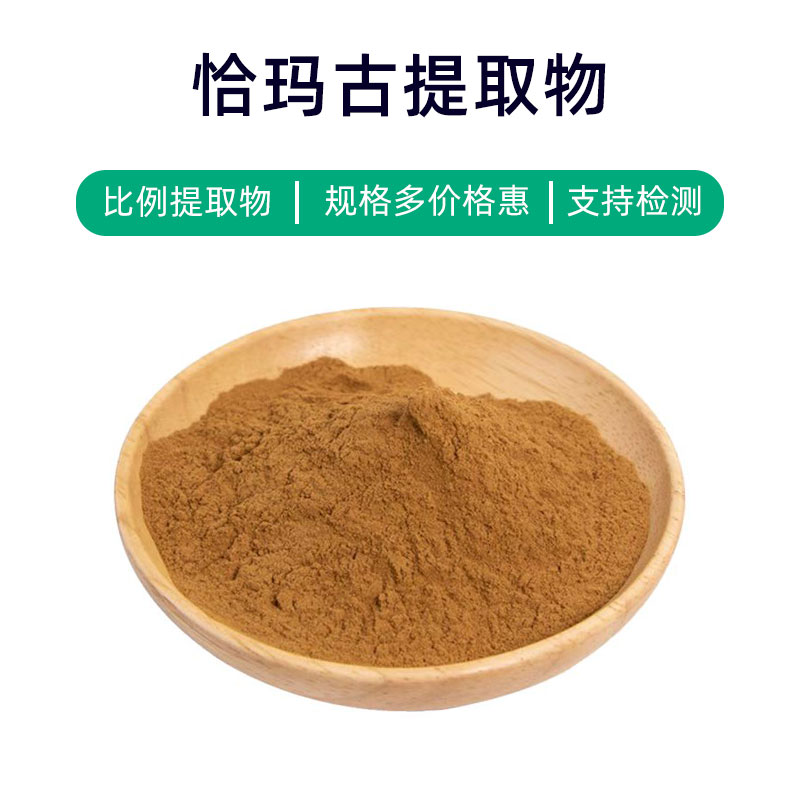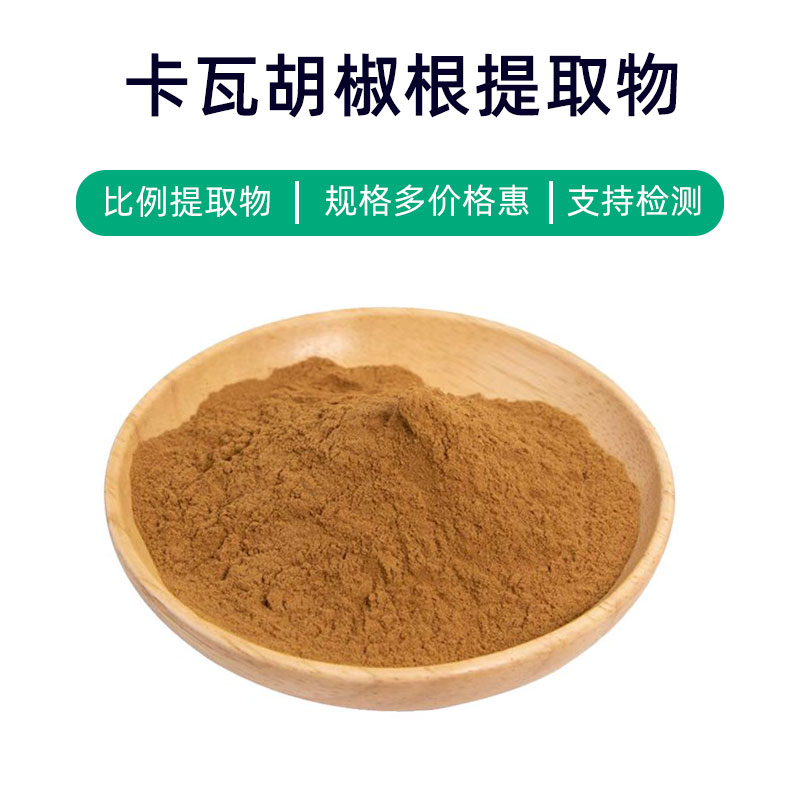Introduction to Pandan Leaf Extract Product
Pandan leaf extract is a natural plant extract obtained from the leaves of Pandanus plants. Its main components include abundant polyphenolic compounds, flavonoids, and volatile components. These components endow the pandan leaf extract with various effects and applications.
Firstly, pandan leaf extract has significant antioxidant and anti - inflammatory effects in the field of skin care products. It can protect the skin from environmental pollution and ultraviolet radiation damage, slow down skin aging, and make the skin healthier and younger.
Secondly, pandan leaf extract also has the effect of moisturizing and nourishing. It can deeply nourish the skin, enhance the skin's water - holding capacity, and make the skin soft and smooth.
In addition, pandan leaf extract is also widely used in hair care products such as shampoos, hair conditioners, and hair masks. It can nourish the hair, increase the hair's gloss and softness, and reduce hair breakage and split ends.
In cosmetics, pandan leaf extract is often used in various skin care products, shampoos, and perfumes. With its excellent moisturizing, antioxidant, and anti - inflammatory effects, it provides users with a high - quality care experience.
In conclusion, as a natural plant extract, pandan leaf extract has a wide range of application prospects in skin care and hair care products. It can bring multiple effects to users and provide comprehensive protection for the health of the skin and hair.
Production Process of Pandan Leaf Extract
The production process of pandan leaf extract usually includes the following key steps:
- Collecting Pandan Leaves: First, fresh and pest - free pandan leaves need to be selected as raw materials. After collection, they should be transported to the processing factory as soon as possible for the next step of processing to maintain the freshness of the leaves and the stability of the active ingredients.
- Cleaning Treatment: The collected pandan leaves are cleaned to remove surface impurities, dust, and residues, ensuring the purity and effectiveness of the subsequent extraction process.
- Extraction Process: Appropriate extraction methods, such as water extraction, ethanol extraction, or supercritical fluid extraction, are used to extract the active ingredients from the pandan leaves. Different extraction methods will affect the components and effects of the product, so the appropriate extraction process needs to be selected according to the actual situation.
- Filtration and Concentration: The extracted solution is filtered and concentrated to remove impurities and solvents, improve the purity and concentration of the product, and at the same time retain the active ingredients.
- Drying Treatment: The concentrated extract is dried, usually by methods such as spray - drying or vacuum - drying, to convert the liquid into a powder form for subsequent packaging and transportation.
- Packaging and Storage: Finally, the dried pandan leaf extract is packaged, usually in a sealed package to prevent it from getting damp or contaminated. It should be stored in a dry, cool, and ventilated place, away from direct sunlight and high temperatures, to maintain its stability and the integrity of the active ingredients.
Through the above process steps, high - quality, high - purity, and active - ingredient - rich pandan leaf extract can be produced for the production and application in the fields of medicine, health products, cosmetics, etc.
Effects and Side Effects of Pandan Leaf Extract
As a natural plant extract, pandan leaf extract has a wide range of applications in the medical and health - care product fields. Its main effects and functions are as follows:
- Antioxidant Effect: Pandan leaf extract is rich in various natural antioxidants, such as polyphenolic compounds and vitamins. It has a significant antioxidant effect, which can scavenge free radicals in the body, delay the aging process, and protect cells from oxidative stress damage.
- Anti - inflammatory and Analgesic Effects: Research shows that pandan leaf extract contains various active ingredients with anti - inflammatory and analgesic effects. It can effectively relieve inflammatory reactions and pain, and is suitable for the adjuvant treatment of diseases such as rheumatoid arthritis and muscle pain.
- Antibacterial and Anti - inflammatory Effects: Some components in pandan leaf extract have strong antibacterial and antiviral effects. They can inhibit the growth and reproduction of bacteria and viruses and have a certain therapeutic effect on skin infections and respiratory infections.
- Regulating Immune Function: Some studies show that pandan leaf extract can regulate the body's immune function, enhance immunity, and improve the body's resistance. It has a certain effect on preventing colds and improving physical resistance.
5. Promotes Digestion and Gastrointestinal Health
The active compounds in pandan leaf extract help stimulate digestive fluid secretion, enhance gastrointestinal motility, and alleviate symptoms such as indigestion and bloating, contributing to improved gut health.
6. Skincare and Beauty Benefits
Rich in vitamins and various antioxidants, pandan leaf extract offers moisturizing, anti-wrinkle, and pigmentation-lightening effects. It is commonly used in cosmetics to improve skin texture and delay skin aging.
While pandan leaf extract is generally considered a safe natural plant extract, individual differences and allergic reactions should be noted. Long-term or excessive use may cause skin allergies or digestive discomfort. A patch test is recommended before use, and it is best to use it under the guidance of a doctor or professional.
Applications, Usage, and Dosage of Pandan Leaf Extract
As a natural plant extract, pandan leaf extract has broad applications in pharmaceuticals, food, and cosmetics.
1. Pharmaceutical Applications
- Traditional Medicine Formulations: Used in traditional herbal medicine for heat-clearing, detoxification, diuresis, and pain relief.
- Topical Plasters: Can be formulated into external-use plasters for treating injuries, sprains, and bruises.
- Oral Formulations: Used in oral supplements to support gastrointestinal health and boost immunity.
2. Food Applications
- Flavoring Agent: Known for its unique aroma, it is used as a natural flavoring in food to enhance taste and fragrance.
- Functional Foods: Rich in antioxidants, it is incorporated into functional beverages and nutritional supplements for anti-aging and immune-boosting benefits.
3. Cosmetic Applications
- Skincare Products: Commonly included in creams, lotions, and face masks for moisturizing, antioxidant, and brightening effects.
- Perfumes: Its distinctive fragrance makes it a valuable ingredient in perfume formulations, adding a fresh scent.
Usage and Dosage
- Pharmaceutical Use: Should be taken orally, applied externally, or prepared as a decoction under professional guidance, with dosage adjusted accordingly.
- Food Use: Added to food as a flavoring agent, following industry-specific production guidelines.
- Cosmetic Use: Applied according to product instructions, typically by spreading an appropriate amount on the skin.
It is essential to adhere to relevant regulations and standards when using pandan leaf extract in pharmaceuticals and food to ensure safety and efficacy. Since individual responses may vary, discontinue use and seek professional advice if allergic reactions or discomfort occur.
Pandan Leaf Extract: Plant Source, Distribution, and Growth Environment
1. Plant Source
Pandan leaf extract is derived from the pandan plant (Cymbidium goeringii), a terrestrial orchid known for its unique flowers and diverse colors. It is a common ornamental plant in traditional Chinese gardens.
2. Distribution
The pandan plant is mainly found in East Asia, particularly in China, Japan, and Korea. In China, it is widely distributed in the southern regions, including Guangdong, Fujian, Guangxi, Yunnan, and parts of eastern China such as Zhejiang and Jiangsu.
3. Growth Environment
- Thrives in mountainous areas, rocky crevices, and valleys at altitudes of 500–1000 meters.
- Prefers a warm, humid climate, with ideal temperatures ranging from 15°C to 25°C and relative humidity of 60%–80%.
- Grows best in semi-shaded, well-ventilated environments with loose, well-drained limestone or clay-rich soils.
The plant’s optimal growth conditions are crucial for producing high-quality raw materials for pandan leaf extract.
Processing and Storage of Pandan Leaf Extract
Processing Steps
- Harvesting: Select healthy, disease-free pandan leaves, ideally harvested in the early morning or evening to avoid high temperatures.
- Cleaning: Wash the leaves thoroughly to remove dust and impurities, then allow them to dry.
- Grinding: Crush or grind dried leaves to enhance extraction efficiency.
- Extraction: Use methods such as water extraction or ethanol extraction to obtain the active compounds.
- Filtration: Remove solid particles and impurities to ensure purity.
- Concentration: Evaporate excess solvent to yield a concentrated pandan leaf extract.
Storage Guidelines
- Store in a cool, dry, and well-ventilated area, away from direct sunlight and high temperatures.
- Protect from exposure to oxygen, moisture, and light to prevent oxidation and degradation.
- Use sealed containers or light-resistant bottles to maintain stability and prolong shelf life.
Proper storage methods help preserve the extract’s potency and effectiveness.
Monica Sun is a seasoned expert in the plant extraction industry with over a decade of experience in research and production. She specializes in the extraction and purification of plant active ingredients, focusing on driving innovation in natural product applications. Monica has participated in the development of multiple functional plant extracts, delivering high-value natural raw material solutions for the health food, pharmaceutical, and dietary supplement sectors.


















